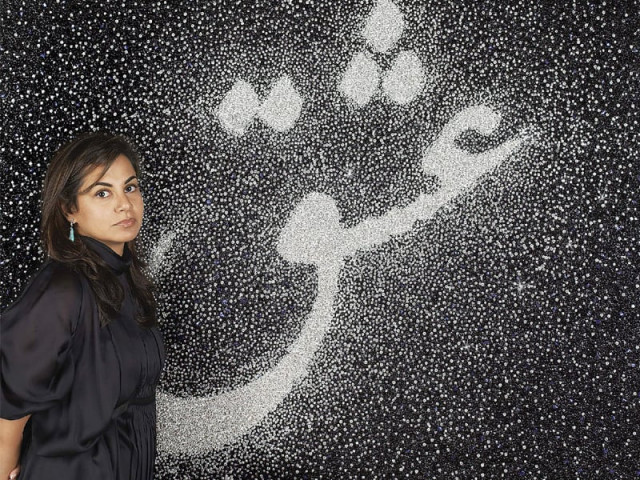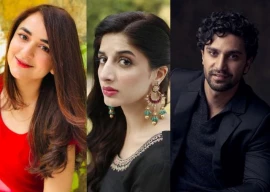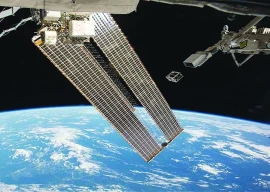
You know that Pakistani artists have made serious inroads into the global art scene when the two centuries old British gallery Bonhams — one of the world’s largest auctioneers of contemporary and Asian art — starts to take a concerted interest in Pakistani artwork.
Interestingly, Bonhams is also the world’s leading auction house in Pakistani art and holds world records for sales of most murals by modern Pakistani artists, as well as the largest number of works by Pakistani artists.
The fact that Ismail Gulgee’s painting titled “The Polo Player” fetched over $336,000 during one of their auctions, speaks volumes of the appreciation for the country’s artists. While that was four years ago, Bonhams is now organising a special preview of Pakistani art in Dubai end of this month to showcase their upcoming auction due to be held in London in June.
The Express Tribune speaks to Bonham’s Asian Art specialist, Mehreen Rizvi, on the direction that contemporary Pakistani art is taking.
What is it about Pakistani artists/art that attracted Bonhams?
The will to bring together some great collections by Pakistani masters and display them side by side with the strongest works of other artists from the region made us include Pakistani art in the auction.
Which artists are chosen for the auction and why?
The strength of the artworks and the history of the art scene play an important role in our choices. We choose artists who are rare and who mainly cater to what we call secondary market — comprising of art lovers who want to buy art to decorate their homes. The artists that do best in terms of prices are Sadequain, Chughtai, Jamil Naqsh, Bashir Mirza and Allah Bux and Gulgee. We will include a few contemporary artists as well if we come across something interesting like we have included artists like Adeela Suleman and Unver Shafi in the past.
Which contemporary artists do you see making it big internationally and why?
Some artists like Rashid Rana, Adeela Suleman, Naiza Khan, Shahzia Sikander, Aisha Khalid and Imran Qureshi and Faiza Butt are already doing well on the international level. I’m sure there are a lot of new artists who have the potential to make it big internationally, but for that to happen they need to be appreciated at home first. There needs to be a wider collector base, more public institutions and more publications that just focus on art and its promotion.
Pakistan is lagging behind in all three departments which is why most artists have to go outside of Pakistan to be appreciated. Some even crossed the border to cater to their large followings in India. Pakistani artists have a fan following in India because many Indian galleries gave Pakistani
artists a chance to flourish and take their work to art fairs and museums.
What are the themes that contemporary Pakistan artists are exploring in their art that make them unique in the global market?
There is a wide range of themes, from political feminist statements to post-colonial neurosis to societal change. Pakistan is unique in all these issues and that is what sets our artists apart. Of course we have the benefit of an old established art school and cultural history to support the current trends.
What is the greatest challenge in trying to promote Pakistani art?
The greatest challenge is the lack of support from local corporations, collectors or galleries. There is also a lack of galleries of international repute, where artists can show their collections.
Are there any stereotypes that people expect to see in the work of Pakistani artists?
I’m sure people look for them, but they don’t find them. Our art is a big ‘surprise’ to everyone. The quality of art that is coming out of Pakistan can stand side by side with the work of any international artist.
What can young Pakistani artists do to generate more interest in their work or bring it at par with international standards?
It’s not the artists that need to do more, they just need to create it; it’s the institutions around them that need to provide them with greater support. We have seen what exhibitions like Hanging Fire in New York can do for Pakistani contemporary art. We just need more of it.
Published in The Express Tribune, March 26th, 2012.

















COMMENTS
Comments are moderated and generally will be posted if they are on-topic and not abusive.
For more information, please see our Comments FAQ